SUMMARY
This is AI generated summarization, which may have errors. For context, always refer to the full article.
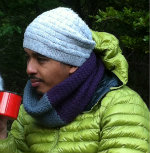 I have always wondered why the jeepney, the most prevalent form of Philippine transport, has seats facing inward – into the dark musty interior with blank faces and long stares.
I have always wondered why the jeepney, the most prevalent form of Philippine transport, has seats facing inward – into the dark musty interior with blank faces and long stares.
Filipinos have always been a social species – aside from function, maybe this is why the seats face inwards.
I always find that the outside is always something that has been unwelcome: buses have shuttered windows with curtains pulled down; meanwhile, tricycles have tiny windows and doors by which you can only see the outside by turning into a giraffe, craning your neck out and hoping that no vehicle swipes your head off.
Even in the city, we close our windows and live in air-conditioned bubbles as we ply the polluted streets of the metropolis.
Trapped
It is no surprise then that the environment is not considered an important issue by many Filipinos since we look inward too much; we are insulated by our little bubbles and windows from reality.
Today we can add smart phones, Ipads, and the Internet to the windows that keep us from looking outside.
The other day I realized that I had fallen into the same trap.
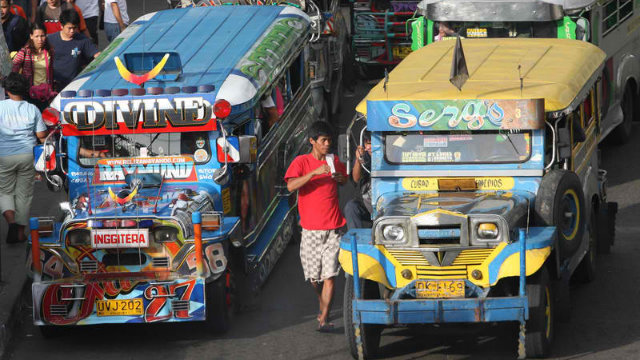
As I rode down the mountain and a rainbow appeared across the valley, the first thing I did was take a picture on Instagram. Then I kept taking photos with my phone until I realized that I was no longer really looking at the beautiful rainbow but at an image on a screen.
During a jeepney ride to one of our Roots and Shoots Forest Nurseries in Palina, Kibungan, I was struck as the local passengers craned their heads through the rear door to see the trucks overflowing with cabbage, carrots, potatoes, and all sorts of vegetables.
While they looked at the roadside, I had my head and body uncomfortably twisted around to see the mountainsides and the forests. I watched the movement of birds as they quickly flit from branch to branch. Beautiful. But I was the only one looking.
It seemed that we had separate sets of lenses. While I am always in awe of what was around me, they did not seem to see it.
They had grown myopic to what was around them.
Being outdoors
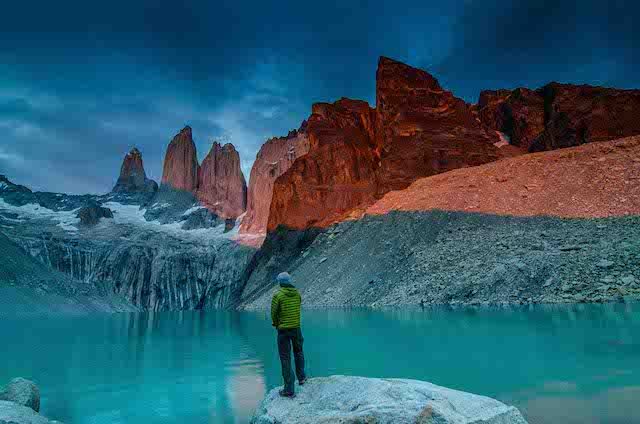
I searched my experiences and thought of how I came to open my eyes. It was through my time I spent outdoors; biking, climbing, running up and down the mountains, through valleys and ridges, forests, and streams. (READ: Bike-sharing in the metro)
When others see a tree, it was evaluated for how much timber it could produce rather than the clean air, soil and water holding, and aesthetic beauty it provided. An eagle was not seen as a majestic winged creature, but as a pilferer of chickens.
There is a disconnection we cannot see, and it starts with opening your windows. Let the light and the air in, experience the environment for what it is – so we can start appreciating and preserving the extraordinary amid the commonplace.
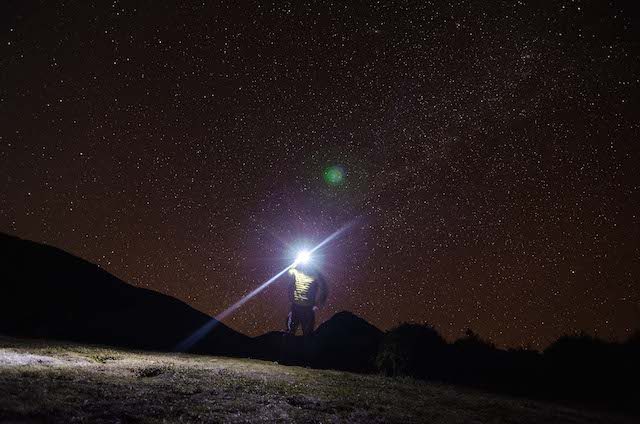
Biking through life
Each year we organize the Globe Cordillera Challenge – a mountain bike ride that takes its riders into some of the most beautiful landscapes in the region.
Mountain biking is by far the best way to see the environment, aside from trekking or trail running. It is travelling without any windows; there is nothing between your eyes and the environment. (READ: Bill promotes bike use in the PH)
It is travelling at a human pace so that nothing is missed; not even the height of mountains, the depth of valleys, bumps on the road, eagles flying overhead, snakes crossing trails, and forests weaving clouds into rain.
It is not a race, in fact, we encourage people to stop and take in the view.
Each year we open the eyes of over 500 cyclists to the environment of the Cordillera, they finish the ride with a greater appreciation of the ecosystem.
Unlike the jeepney where everyone sits so close together and yet nobody talks to each other, mountain biking in the Cordillera is a shared experience.
You smile at riders passing by, and you can help anyone who needs assistance. It is a community of shared experiences.
In the outdoors, nature itself is the teacher.
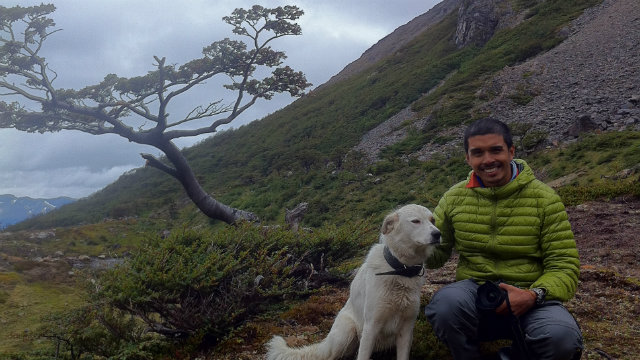
Ralph Waldo Emerson once wrote that “the true mentor and spiritual director of souls is nature itself. The fields, rain, sun, sky, mud, clay, wind, and fire, all masters of sacred wisdom and worthy subjects of contemplation.”
This is what we try and do whenever we hold this event. Take away the shackles that have been holding you back from learning. Crack open those windows and let the light in. – Rappler.com
JP Alipio is the director of the Cordillera Conversion Trust (CCT), which tackles environmental problems arising in the Cordillera. CCT initiated the annual Globe Cordillera Challenge, an advocacy adventure that creates awareness about reforestation and to raise funds for building forests in the mountainous region, a major watershed in Northern Luzon.
Add a comment
How does this make you feel?
There are no comments yet. Add your comment to start the conversation.